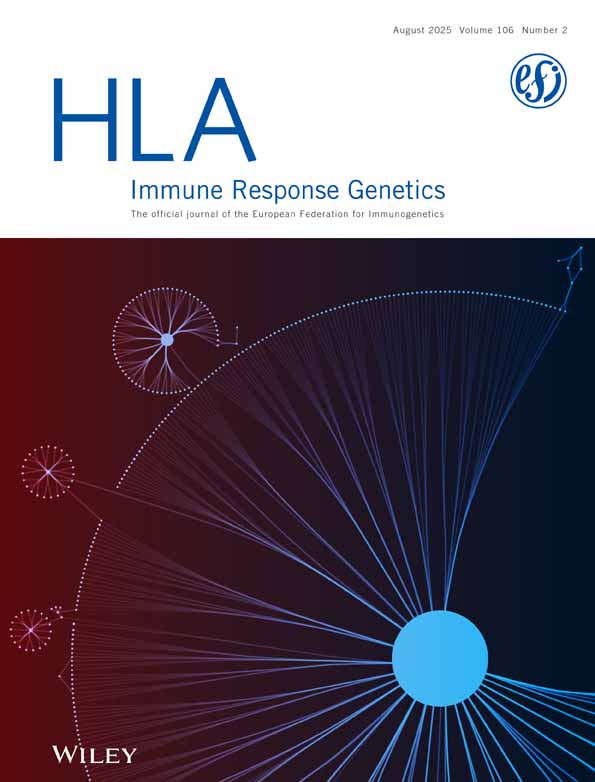Lectin purified human class I MHC-derived peptides: evidence for presentation of glycopeptides in vivo
Abstract
Previously, using synthetic glycopeptides carrying a natural cytosolic type of monosaccharide O-β-linked N-acetylglucosamine (GlcNAc) glycosylation of serine residues, we have shown that glycopeptides act as suitable substrates for TAP-mediated transport into the endoplasmic reticulum (ER), and that they bind efficiently to class I major histocompatibility complex (MHC) molecules and can elicit glycopeptide-specific cytotoxic T-lymphocyte (CTL) responses in mice. Recently, we have reported that peptides presented by human class I MHC molecules in vivo encompass a small but significant amount of peptides which seem to be carrying O-β-linked monosaccharide GlcNAc. In the present report we provide further evidence that glycosylated peptides are indeed presented by class I MHC molecules in vivo. Thus, peptides derived from HLA-A*0201 were purified by wheat germ agglutinin (WGA) lectin affinity chromatography as previously described. Subsequently, the peptides contained in the WGA-eluate were subjected to sequence analysis by Edman degradation. It was found that the peptides derived from HLA-A*0201 which had been retained by the O-GlcNAc-binding lectin WGA did indeed carry a HLA-A*0201 binding motif. Furthermore, using an enzymatic labeling procedure we present evidence that the HLA-A*0201-derived peptides which bind to the WGA lectin are glycosylated with terminal GlcNAc residues. Together, these data provide further evidence for the natural presentation by human class I MHC of glycopeptides carrying terminal O-GlcNAc residues in vivo.




